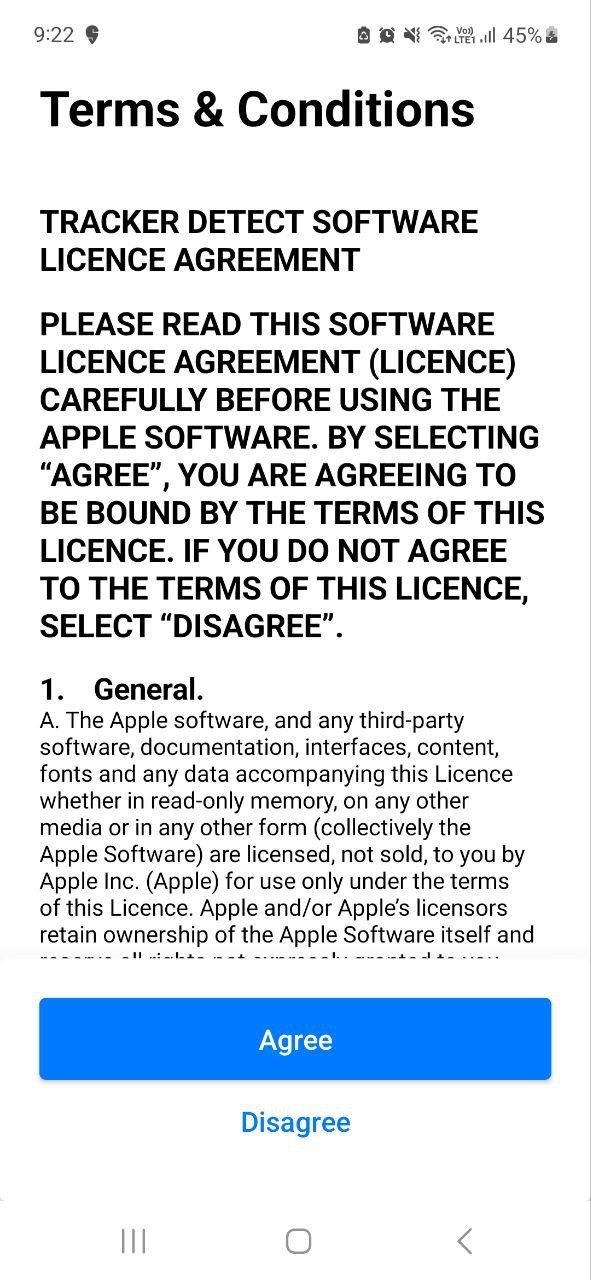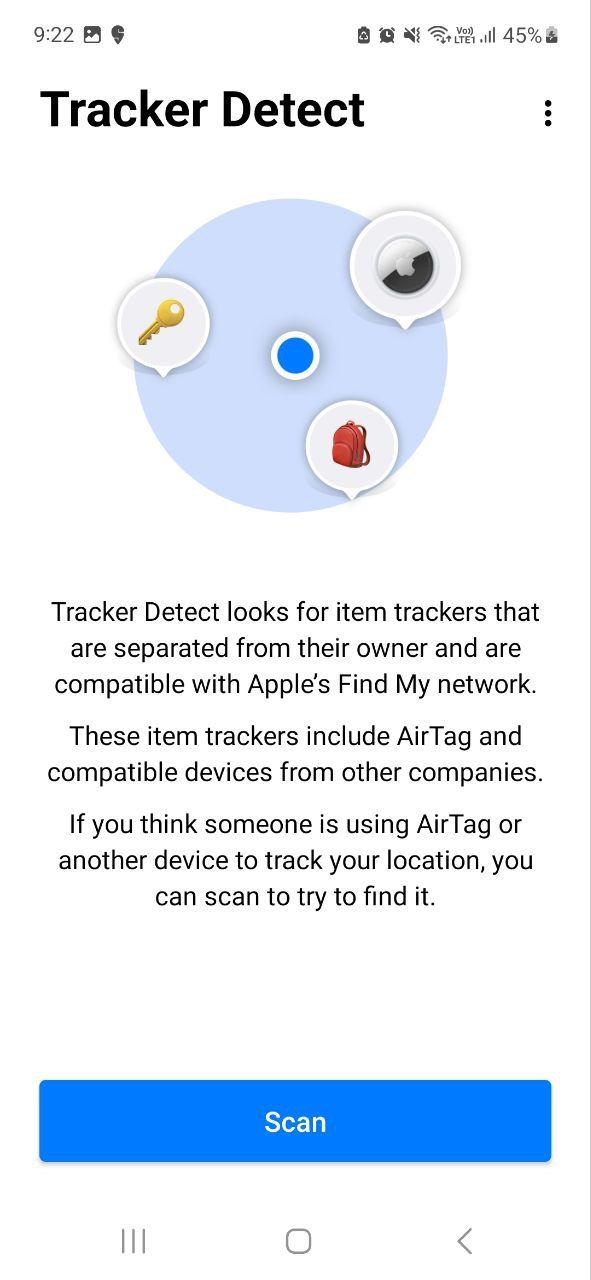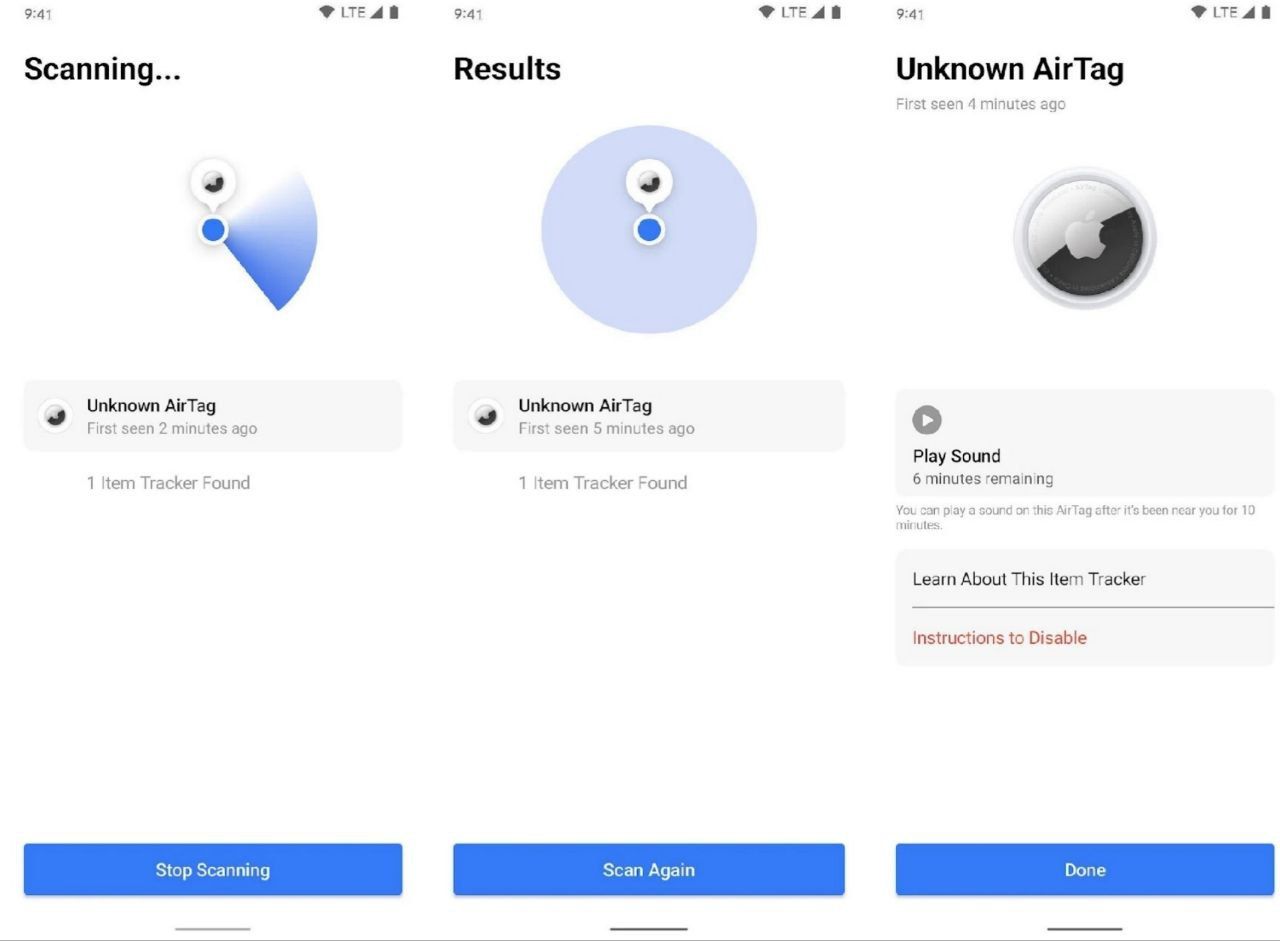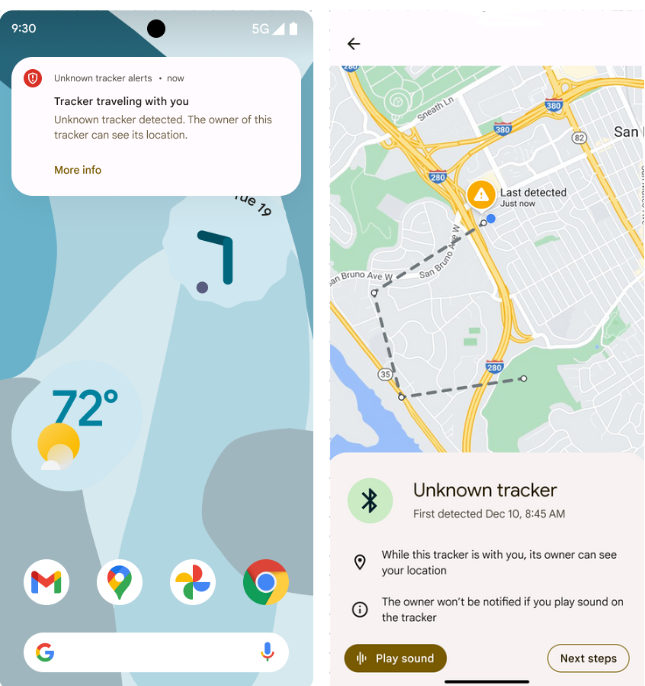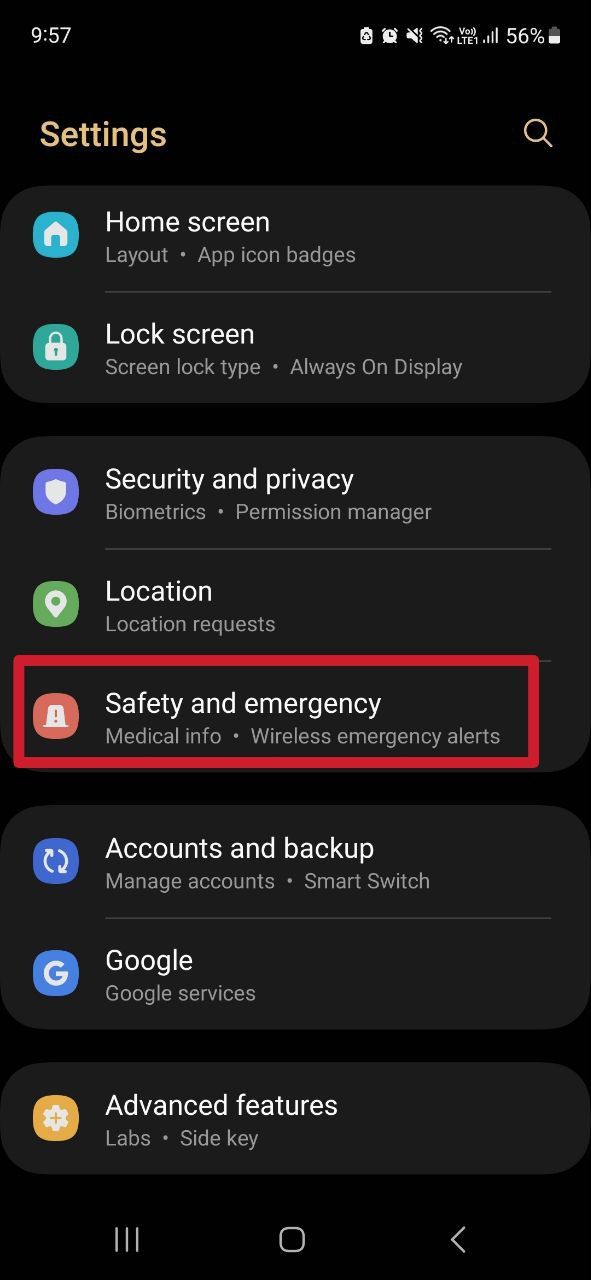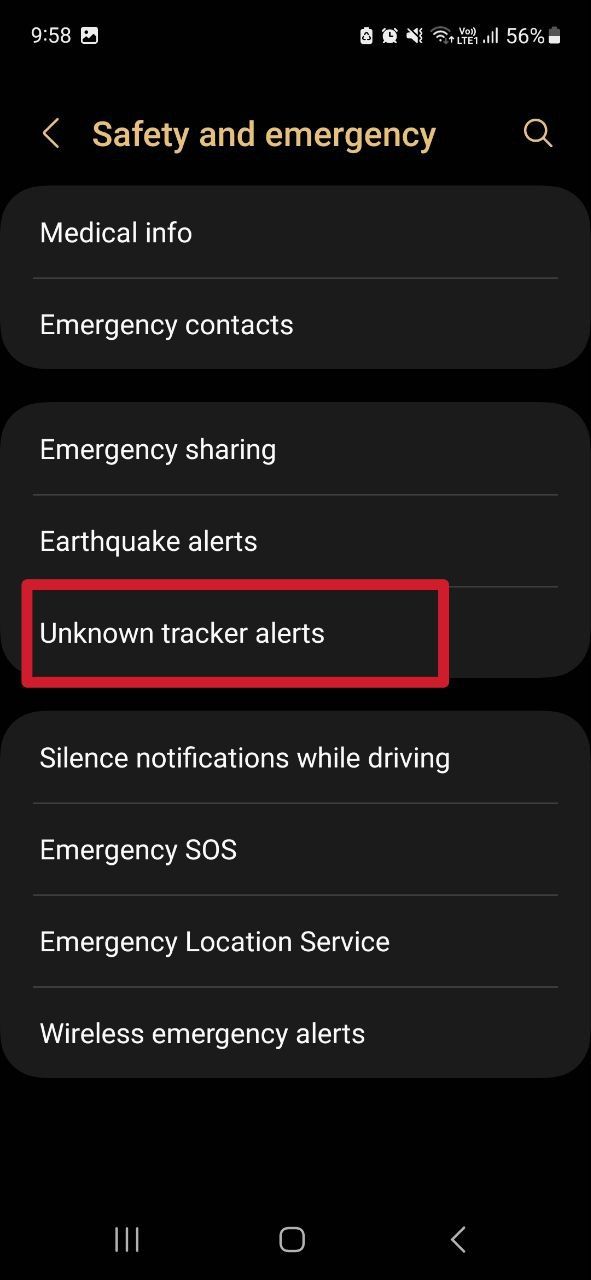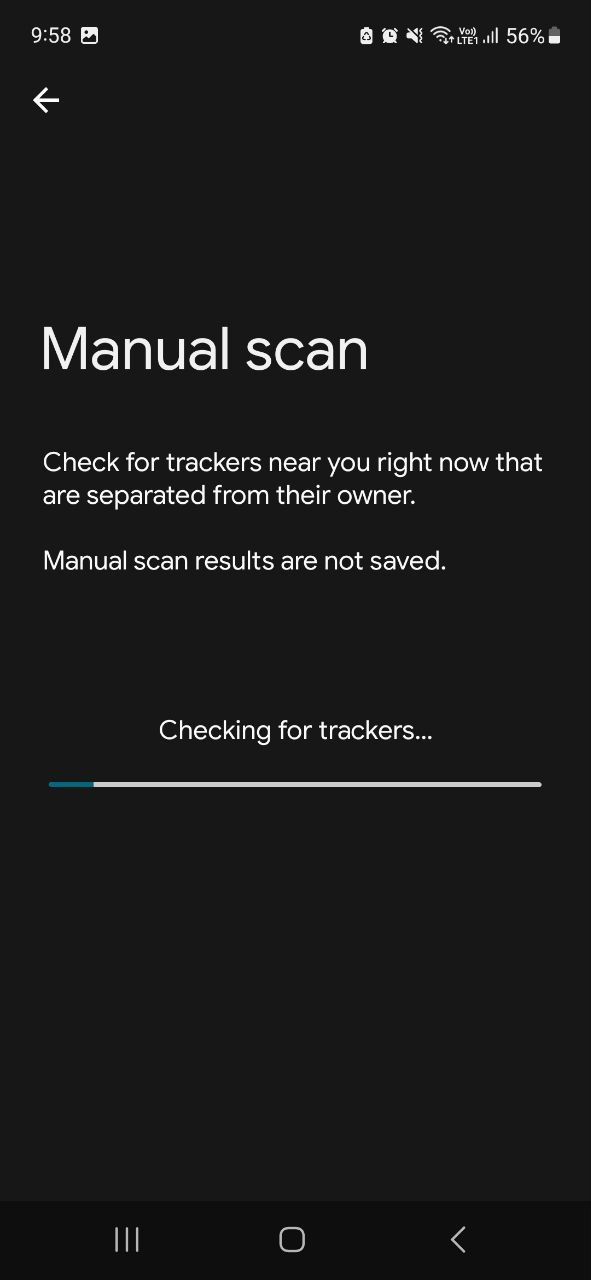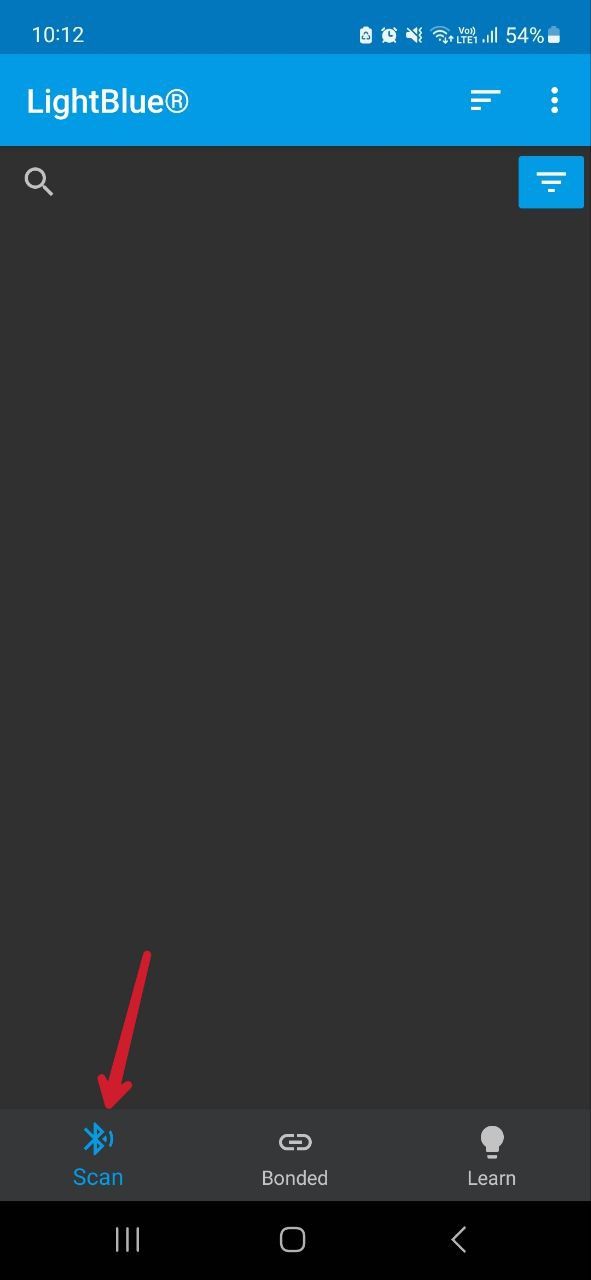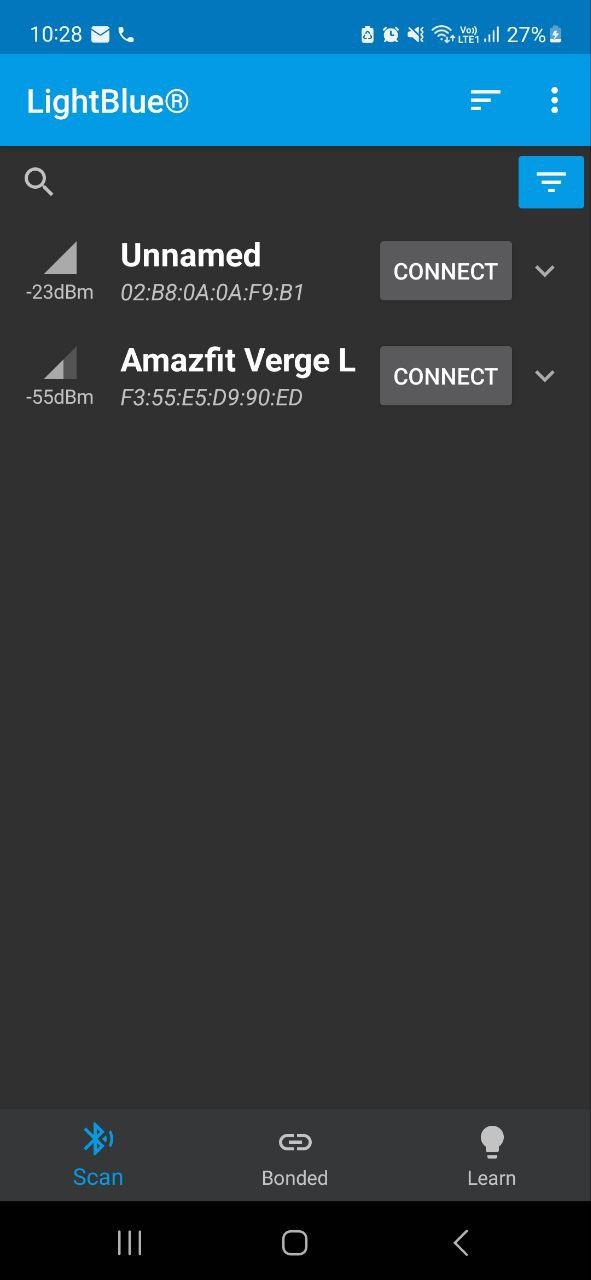#Sựkiệnngàyhômna: Cách quét AirTags và các thiết bị theo dõi Bluetooth bằng điện thoại di động của bạn
Thiết bị theo dõi Bluetooth như Apple AirTag có ý định làm cuộc sống của bạn dễ dàng hơn bằng cách giúp bạn tìm kiếm chìa khóa, ví tiền, hành lý và nhiều thứ khác thông qua các mạng tìm kiếm cộng đồng. Do kích thước nhỏ, thiết bị theo dõi Bluetooth có thể bị đánh mất hoặc để mất một cách dễ dàng. Ngoài ra, chúng có thể bị lạm dụng bởi kẻ trộm và kẻ rình mò để theo dõi vị trí và tài sản của bạn mà không có sự đồng ý của bạn. Google và Apple đã nhận thức được điều này và đã cùng nhau giới thiệu các tính năng cho phép bạn tìm kiếm AirTags bất hợp pháp. Ngoài ra, có sẵn các ứng dụng bên thứ ba giúp bạn phát hiện các thiết bị theo dõi Bluetooth khác. Hướng dẫn này sẽ hướng dẫn bạn qua quá trình tìm kiếm các thiết bị theo dõi Bluetooth, cho dù bạn sử dụng điện thoại Android giá rẻ hay một mẫu cao cấp.
Làm thế nào thiết bị theo dõi Bluetooth hoạt động?
Thiết bị theo dõi Bluetooth giúp bạn trông chừng những đồ vật của bạn. Có nhiều lựa chọn để lựa chọn. Bạn có thể mua một Apple AirTag hoặc khám phá các lựa chọn từ các nhà sản xuất như Samsung, Cipholo và Tile. Tất cả các thiết bị theo dõi đều có một nguồn năng lượng nội bộ (pin), một chip và một ăng-ten để làm việc. Một số sản phẩm đi kèm với một loa tích hợp để dễ dàng định vị. Ngoài ra, thiết bị theo dõi Bluetooth đi kèm với một ứng dụng di động cho phép bạn theo dõi vị trí của đối tượng mà chúng được gắn vào. Hầu hết các thiết bị theo dõi Bluetooth hoạt động theo nguyên tắc tương tự nhau. Chúng sử dụng một dạng Bluetooth tiết kiệm năng lượng (Bluetooth LE) để kết nối với điện thoại thông minh của bạn. Mỗi thiết bị theo dõi Bluetooth đi kèm với một định danh duy nhất trên toàn cầu (UUID), đảm bảo rằng thiết bị theo dõi không thể bị theo dõi bởi người khác và chỉ chủ sở hữu mới biết vị trí của nó (qua Cipholo). Tuy nhiên, chủ sở hữu của thiết bị theo dõi có thể quyết định chia sẻ nó với bạn bè và gia đình của họ, cho phép họ theo dõi từ điện thoại của họ. Còn nhiều điều nữa. Thiết bị theo dõi Bluetooth cũng kết nối với các thiết bị khác của người khác, nhưng làm điều này theo cách giữ danh tính của bạn bí mật. Ví dụ, AirTags sử dụng tín hiệu Bluetooth để kết nối với bất kỳ thiết bị gần đó trong mạng tìm kiếm của Apple mà không tiết lộ danh tính của bạn. Vị trí AirTag được xác định bằng cách đo độ mạnh của tín hiệu Bluetooth từ những thiết bị khác đó (qua Apple). Tương tự, Tile có một mạng riêng gọi là Mạng Tile. Bất kỳ điện thoại nào có ứng dụng Tile sẽ lặng lẽ quét các thiết bị theo dõi Bluetooth và chia sẻ vị trí cuối cùng của chúng trong đám mây bằng GPS. AirTags của Apple được thiết kế cho iPhone, nhưng người dùng Android có thể tìm thấy AirTags bất ngờ xung quanh họ bằng cách sử dụng ứng dụng Tracker Detect miễn phí. Ứng dụng này hoạt động với bất kỳ thiết bị theo dõi nào hỗ trợ mạng Tìm của Apple, bao gồm AirTags và thiết bị từ các nhà sản xuất khác như Chipolo và Pebblebee. Nếu ứng dụng Tracker Detect phát hiện một thiết bị theo dõi Bluetooth không xác định xung quanh bạn, nó sẽ đánh dấu nó và đưa ra hướng dẫn để bạn tìm hiểu thêm về thiết bị theo dõi và cách tắt nó. Làm theo các bước dưới đây để tìm kiếm các thiết bị theo dõi Bluetooth bằng ứng dụng Tracker Detect của Apple. Tải xuống ứng dụng Tracker Detect từ Play Store. Mở ứng dụng và đồng ý với các điều khoản và điều kiện. Chạm vào nút Scan màu xanh để tìm kiếm các mục trong phạm vi gần đây. Nếu đây là lần đầu bạn sử dụng ứng dụng, bạn sẽ được yêu cầu cấp quyền truy cập Bluetooth. Sau khi quá trình tìm kiếm hoàn tất, bạn sẽ thấy các AirTags gần đây và các thiết bị theo dõi Bluetooth khác trong kết quả. Nếu bạn không tìm thấy gì, hãy thử quét lại sau. Thiết bị theo dõi phải được tách ra khỏi chủ sở hữu của nó hơn 15 phút để hiển thị. Chạm vào bất kỳ AirTag hoặc thiết bị theo dõi Bluetooth nào mà ứng dụng phát hiện. Chạm vào Play Sound để làm cho thiết bị phát ra âm thanh, giúp bạn tìm ra nó. Thiết bị theo dõi phải nằm trong phạm vi Bluetooth của điện thoại của bạn trong ít nhất 10 phút để phát ra âm thanh.
Google giới thiệu cảnh báo về thiết bị theo dõi không xác định cho người dùng Android trong suốt I/O 2023 và bắt đầu triển khai rộng rãi tính năng này vào tháng 8 năm 2023. Bạn sẽ nhận được cảnh báo về thiết bị theo dõi không xác định khi thiết bị theo dõi của người khác được tách ra khỏi họ và được phát hiện đi cùng bạn và ra khỏi phạm vi Bluetooth của chủ sở hữu. Tính năng an toàn này có sẵn trên Android 6.0 và cao hơn. Tuy nhiên, cảnh báo về thiết bị theo dõi không xác định chỉ hoạt động với AirTags của Apple. Trong quá trình kiểm tra của chúng tôi, chúng tôi đã phát hiện rằng các cảnh báo được kích hoạt mặc định. Bạn có thể chọn tắt chúng từ cài đặt.
Làm thế nào để tìm một thiết bị theo dõi khi bạn nhận được cảnh báo
Nếu bạn thấy cảnh báo từ thiết bị theo dõi trên điện thoại của bạn, chạm vào nó để mở bản đồ. Trên bản đồ, tìm nơi mà thiết bị theo dõi đã được phát hiện đi cùng bạn. Chạm vào Play Sound và đi theo âm thanh do thiết bị theo dõi phát ra để xác định vị trí nó.
Làm thế nào để quét thủ công thiết bị theo dõi
Google cũng cho phép bạn quét thủ công các thiết bị theo dõi Bluetooth mà đã tách ra khỏi chủ sở hữu và hiện đang gần bạn. Mở Cài đặt. Cuộn xuống để tìm An toàn & Khẩn cấp và chạm vào. Chọn Cảnh báo thiết bị theo dõi không xác định. Chạm vào Quét ngay. Thiết bị Android của bạn mất khoảng 10 giây để hoàn thành quét thủ công. Bạn sẽ tìm thấy các thiết bị theo dõi gần đây trong kết quả tìm kiếm. Vì tính năng này chỉ tương thích với AirTags, bạn sẽ không thấy các thiết bị theo dõi từ các nhà sản xuất khác.
Chạm vào thiết bị theo dõi không xác định trong danh sách và chạm vào Play Sound để xác định vị trí chúng.
Nhiều ứng dụng bên thứ ba có thể giúp bạn tìm thiết bị theo dõi Bluetooth. Trong hướ
Nguồn: https://www.androidpolice.com/find-airtags-bluetooth-trackers-with-android-phone/
Bluetooth trackers like the Apple AirTag are meant to make your life easier by helping you find your keys, purse, luggage, and more through crowdsourced finding networks. Due to their small size, Bluetooth trackers can be easily lost or misplaced. Plus, they can be misused by thieves and stalkers to track your location and belongings without your knowledge.
Google and Apple are aware of this and have jointly introduced features to let you find rogue AirTags. Also, third-party apps are available that help you detect other Bluetooth trackers. This guide walks you through the process of finding Bluetooth trackers, whether you use a budget Android phone or a high-end model.
How do Bluetooth trackers work?
Bluetooth trackers help you keep an eye on your belongings. There are many options to choose from. You can get an Apple AirTag or explore options from manufacturers like Samsung, Cipholo, and Tile. All trackers have an internal power source (a battery), a chip, and an antenna to make things work. Some come with a built-in speaker so that they can be easily located. Also, Bluetooth trackers are accompanied by a mobile app to let you track the location of the object they are attached to.
Most Bluetooth trackers work on the same principle. They use a low-energy form of Bluetooth (Bluetooth LE) to connect to your smartphone. Each Bluetooth tracker comes with its own universally unique identifier, a UUID, which makes sure the tracker cannot be tracked by others and its location is only known to the owner (via Cipholo). However, the owner of the tracker can decide to share it with their friends and family, allowing them to track it from their phones.
There’s more to it. Bluetooth trackers also connect to devices from other people, but they do it in a way that keeps your identity secret. For instance, AirTags use Bluetooth signals to link with any nearby device in Apple’s Find My network without revealing who you are. The AirTag’s location is determined by measuring how strong the Bluetooth signal is from those other devices (via Apple). Similarly, Tile has its own network called the Tile Network. Any phone with the Tile app quietly scans for Bluetooth trackers and shares their last-known locations in the cloud using GPS.
Apple’s AirTags are designed for iPhones, but Android users can find unexpected AirTags around them using the free Tracker Detect app. The app works with any item tracker that supports Apple’s Find My network, including AirTags and devices from other manufacturers like Chipolo and Pebblebee.
If the Tracker Detect app finds an unknown Bluetooth tracker around you, it flags it and gives you instructions on how to learn more about the tracker and how to turn it off. Follow the steps below to find Bluetooth trackers using Apple’s Tracker Detect app.
- Download the Tracker Detect app from the Play Store.
- Open the application and agree to the terms and conditions.
- Tap the blue Scan button to search for nearby items. If this is your first time using the app, you’re asked to give access to Bluetooth.
- After the search is complete, you’ll see nearby AirTags and other Bluetooth tracking devices in the results. If you don’t find anything, try the scan again later. The tracker must be separated from its owner for more than 15 minutes to appear.
- Tap any AirTag or Bluetooth tracker the app finds.
- Tap Play Sound to make the tracker ping to help find it. The tracker must be within Bluetooth range of your phone for 10 minutes or more to play a sound.
Google introduced Unknown tracker alerts for Android users during I/O 2023 and started the wider rollout of the feature in August 2023. You’ll receive an unknown tracker alert when someone else’s tracker device is separated from them and detected as traveling with you and out of Bluetooth range from the owner. The safety feature is available on Android 6.0 and above.
However, Unknown tracker alerts only work with Apple AirTags. During our testing, we found the alerts are activated by default. You can choose to deactivate them from the settings.
How to find a tracker when you receive an alert
- If you see the tracker alert on your phone, tap it to open the map.
- On the map, find where the tracker has been detected traveling with you.
- Tap Play Sound and follow the sound made by the tracker to locate it.
How to manually scan for the tracker
Google also lets you manually check for Bluetooth trackers that are separated from their owners and currently near you.
- Open Settings.
- Scroll down to find Safety & Emergency and tap.
- Select Unknown tracker alerts.
- Tap Scan now. Your Android device takes about 10 seconds to complete a manual scan.
- You’ll find nearby trackers in the search results. Since this feature is only compatible with AirTags, you won’t see trackers from other manufacturers.
- Tap the unknown tracker in the list and tap Play Sound to locate it.
Many third-party apps can help you find Bluetooth trackers. In this tutorial, we used LightBlue, a free app available on the Play Store that can detect trackers from any manufacturer. LightBlue shows you all Bluetooth devices within range, including smartwatches, earbuds, and keyboards. To find your Bluetooth tracker, move away from other devices.
- Download the LightBlue app from the Play Store
- Open the app and tap the Scan button on the bottom to find nearby trackers
- You’ll see the list of nearby Bluetooth devices after the scan is complete. AirTags or other Bluetooth trackers usually appear as an Unnamed.
- To locate the Bluetooth tracker near you, keep an eye on the RSSI value (the value mentioned with dBm) and signal strength bars next to the tracker in the list, and walk around, bringing the app with you. As you get closer to the tracker, the RSSI value becomes less negative, and when you’re within a specific range, more of the signal bars turn blue.
What to do when you find a Bluetooth tracker?
If you find a tracker, you can decide what to do with it. You can tap the Bluetooth tracker with an NFC-compatible Android phone to know its serial number or information like the last four digits of its owner’s phone number. You can also remove the back cover and look for the serial number inside the tracker. Contacting local law enforcement might be a good idea if you don’t feel safe.
To deactivate an AirTag, Apple recommends removing the battery. Push down and twist counter-clockwise on the back of the tracker to take the cover off. These instructions may not work for all Bluetooth trackers, but removing the battery should turn off location tracking on most.
Keep stalkers away from you
A Bluetooth tracker is like a double-edged sword. While it helps you find your belongings, nefarious folks could use it to stalk you. You might be aware that Google also tracks your web browsing history, location, app activities, and more on your Android phone. While it isn’t possible to go on without using Google services, there are steps you can take to protect your digital privacy online.
[ad_2]


